Augmented reality apps for Android are on the rise. Day-by-day businesses are opting for integrating AR into Android.
AR app development has been a great selling point for a business. There are many tools and AR frameworks, that make the work easy to integrate into your AR apps.
The next question comes up on how to create augmented reality apps. Then you came to the right place to understand. You can learn about the tools and AR frameworks to integrate AR into your mobile apps.
First, let’s see what augmented reality is for Android.
Table of Contents
What is Augmented Reality for Android?
Before we talk about augmented reality apps for Android, we should know what augmented reality is with an example. Let’s take an example, you are walking in a museum and the information pops up on your phone about the history of the particular artifact, while you walk through it. And those pops are supposed to give you real-world experience.
According to Statista, there is an estimation that around 1.7 billion users will be using augmented reality apps worldwide by 2024.
Like, augmented reality apps for Android rely on Android devices’ capability to recognize the image. Android devices should be capable of recognizing through the camera lenses and the position of the object. After that, convert it into a virtual form on the screen.
How Does Augmented Reality App for Android Work?
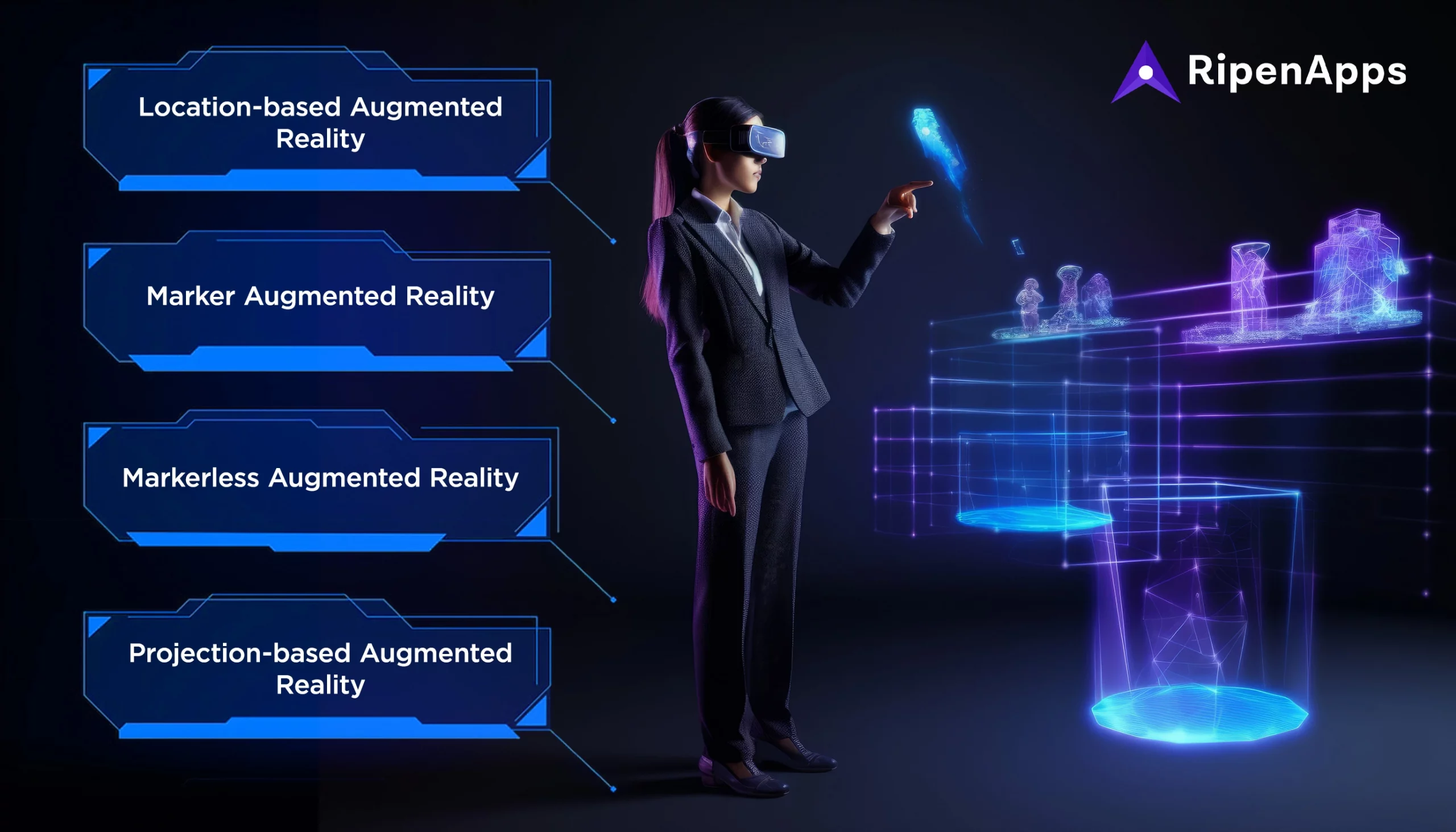
When you think of developing an augmented reality app for Android, a few key technologies work for it.
Location-based Augmented Reality
Location-based augmented reality app development uses GPS technology to find out where you are, and then it shows you helpful information based on your location. For instance, you can check your phone for details like what they serve. When they are open, and how to get in touch with them.
Marker Augmented Reality
A marker is like a special object that helps an augmented reality app developer know where to put digital stuff in the real world. With Marker AR, you use your phone or tablet camera to look at the real world, and then digital things show up on your screen, like words, pictures, or even 3D models or videos, all placed on top of what you’re seeing through the camera.
Markerless Augmented Reality
Markerless augmented reality doesn’t need special markers because it works directly with the camera on your device. It adds digital stuff to what you are seeing in life through your camera. This is useful when there aren’t any physical markers around. For instance, apps like IKEA’s Place help you visualize how their furniture would fit in your room without needing any special markers.
Projection-based Augmented Reality
Projection-based augmented reality app for Android is a kind of AR that uses projectors to put digital stuff into the real world. It’s commonly found on Android devices because they have projectors built-in. With this type of AR, you can see digital things on any surface, no matter how big or what shape it is.
Read More: Top Android App Development Trends
Best Augmented Reality Apps for Android
Augmented reality apps for Android make the user experience more realistic. Recently, mobile apps are becoming more fun to use, like special effects on social media has been a huge hit.
Many augmented reality apps for Android can enhance your life.
Google Translate

Google Translate has come a long way from just translating text typed on a keyboard. Currently, it has become one of the most powerful tools on the Android market. With features like augmented reality, the app keeps getting better.
One cool thing about the app is how it works with your camera. It can instantly translate words it “sees” through your camera, like signs or menus. You can even snap a picture or upload images for more accurate translations.
Price: Free
Assemblr Studio

Assemblr Studio is an awesome AR app that lets you make your own augmented reality stuff without needing coding or design skills. It’s got tons of ready-made templates, so you can easily try out different features for lots of industries, like printing and presentations.
The app is all about giving teams and entrepreneurs useful AR tools. You can use the build section to create cool scenes using both ready-made and custom stuff.
Once you’ve made a scene, you can save it on your Assemblr profile. The free version lets everyone see your creations, and it even gives you a QR code to share. People can scan it to view your scene in their browser or in the Assemblr app.
Price: Free and In-app Purchase
AR Compass
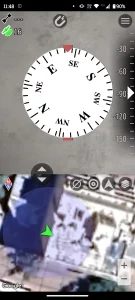
AR compass is an Android app that shows a 3D compass on the screen along with a map of your location. The compass appears at the top or middle of your screen, and it uses your phone’s camera as the background.
With the free version of the app, you can adjust various settings. These include things like the camera quality, how often the compass updates, the strength of the compass filter, and the color or theme of the display.
Multiple toggles help to turn on or off features like the roll indicator, pitch indicator, and gyroscope. The roll indicator shows your phone’s rotation, while the pitch indicator shows the angle between your camera and the ground.
At first, AR Compass might seem like a fun gadget, but it’s very accurate and easy to use, making it a great app overall.
Price: Free and upgrade to Premium version
Halo AR

Halo AR is an amazing AR app. It can let the users enhance their surroundings with cool digital overlays. By adding images, videos, text, 3D models, and audio files to any object in their surroundings. It makes the environment more interactive and fun.
To create an overlay, simply tap the Create button and choose what you want to add. Then, scan an object with a unique pattern, and select the item you want to overlay on it. From there, whenever you use the Halo AR camera and point it at the scanned object, the overlay will appear.
Price: Free and In-app Purchase
View
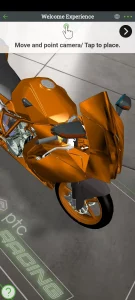
View is an AR Android app that can check out models in a unique way. What’s neat about this Android app is the models you can preview offer some interesting experiences. You can either scan “ThingMarks” around you or use the pre-loaded models in the app.
In View, you’ll find experiences like partially assembling or disassembling a helicopter, medium-range missile, and industrial sealing machine. There’s also a detailed motorcycle you can explore, zoom in on, and even see its inner workings.
To start, just pick an experience, scan a flat surface with your camera, and tap to place the object. Then, you can interact with the object by assembling or disassembling it, or by zooming in and out using touch gestures.
Price: Free
Tools for Augmented Reality App Development
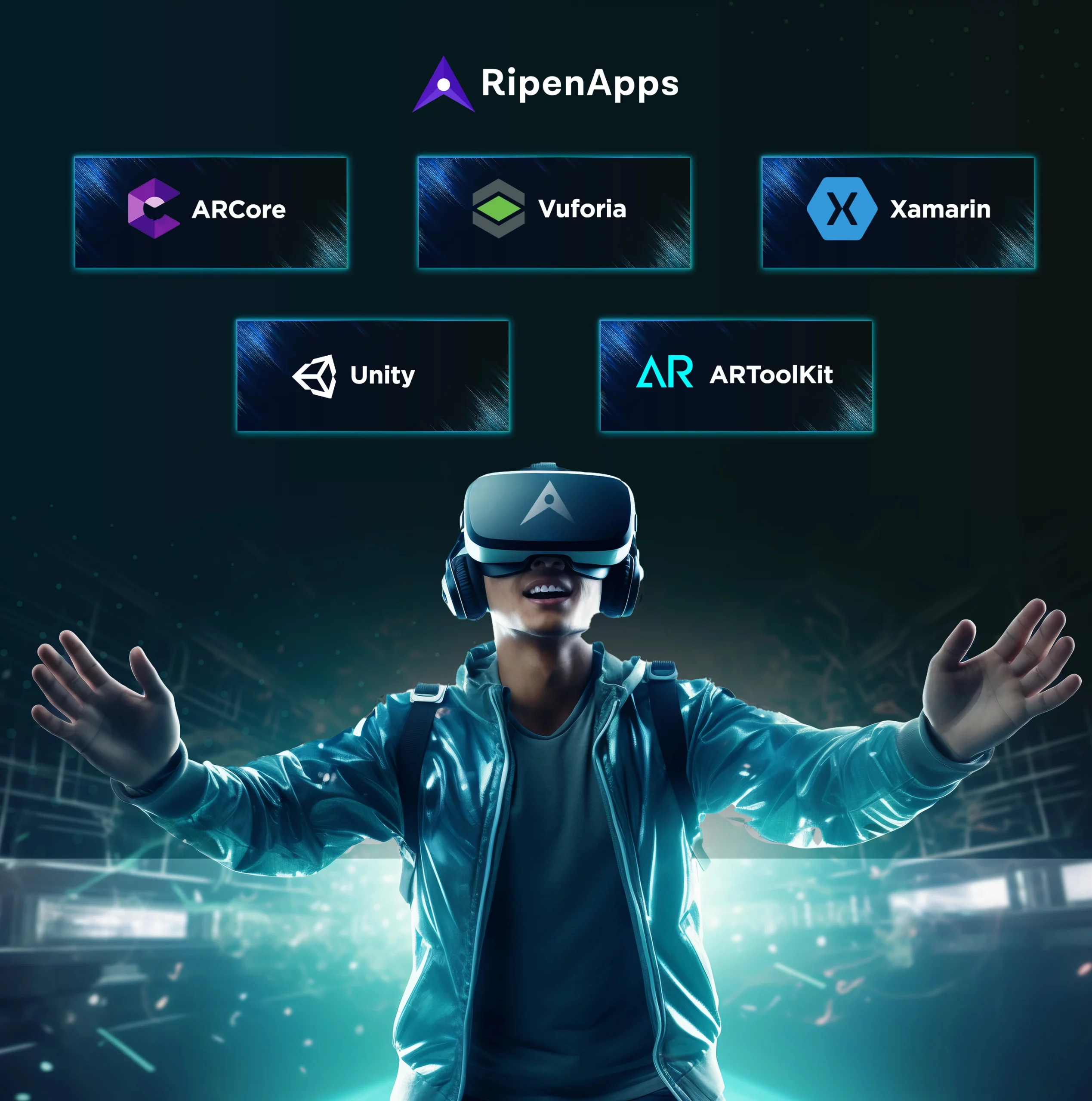
ARCore
Developed by Google, ARCore, provides developers with a set of tools and APIs to create augmented reality apps for Android devices. It enables developers to build AR apps that can understand the real world, such as placing virtual objects in physical spaces, detecting surfaces, and tracking motion accurately.
Vuforia
Vuforia is a powerful SDK that facilitates the creation of an augmented reality app for Android, including all Android devices. It offers features such as image recognition, object tracking, and virtual buttons, allowing developers to overlay digital content onto real-world objects and environments.
Xamarin
Xamarin is a cross-platform development tool that enables developers to write code in C# and create native mobile apps for multiple platforms. With Xamarin, developers can leverage their existing skills and codebase to build augmented reality for Android that seamlessly runs on different devices. It saves time and effort in the augmented reality app development process.
Unity
Unity is a popular game engine that also supports augmented reality app development. It provides developers with a wide range of tools and features for building immersive 3D and 2D experiences. It makes it well-suited for augmented reality app creation.
Unity’s extensive support for various platforms allows developers to deploy AR apps across multiple devices with ease.
ARToolKit
ARToolKit is an open-source library of Android app development tools for building AR applications. It provides developers with essential functionalities for marker-based tracking, camera calibration, and geometric transformations, making it a valuable resource for prototyping and developing custom AR solutions.
Top Frameworks Used for Augmented Reality App Development
Kudan
Kudan started in 2014 and from the beginning, it has become a must-have tool for AR app development. Its unique features for building AR apps give an unrealistic experience.
Kudan goes beyond regular senses to add something missing in VR/AR technologies: artificial perception. This is how a machine understands its surroundings.
Humans have five senses to understand the world, but machines lack this ability. Kudan resolves these problems, and that makes it one of the top AR frameworks.
Top Features
Kudan has some awesome features that set it apart:
- Kudan uses SLAM (Simultaneous Localization and Mapping) to help machines understand where they are based on their movement and surroundings. It is super important for AI-based VR/AR app development because it ensures accuracy.
- Kudan uses GrandSLAM, a refined version of SLAM that’s been thoroughly tested over the years. This makes Kudan stand out compared to other frameworks.
- KudanSLAM makes it simple to work with multiple sensors, creating precise virtual representations of the real world in your AR app.
- This helps your AR app reach its full potential, boosting performance and saving costs.
- Plus, Kudan supports unlimited map scaling and works seamlessly across different platforms like iOS and Android with minimal changes.
- It’s easy to integrate with the cloud and 5G networks, keeping your maps constantly updated.
Google’s ARCore
Google’s ARCore is a framework for augmented reality (AR) apps for Android, that uses special tools to understand what’s around you. ARCore works well on most Android devices, and Google provides a list of compatible ones.
It blends virtual stuff with real life using three important features of your phone’s camera: motion tracking, figuring out the environment, and estimating lighting.
Motion tracking means it knows where your phone is in the real world. It understands the positions of the objects, like vertical, horizontal, or at any angle.
Light estimation tells ARCore how bright or dark the surroundings are. ARCore works by keeping track of your phone’s position and building an understanding of the real world.
It does this by spotting interesting points in what your camera sees and following how they move over time. By combining this info with data from your phone’s sensors, like its motion sensors, ARCore figures out where your phone is and which way it’s facing in space.
Top Features
- ARCore Android adds augmented reality features to existing apps. It provides software development kits (SDKs) for popular technologies.
- Those SDKs, access AR capabilities like motion tracking, environmental understanding, and light estimation through native APIs.
- Developers can easily modify their current apps to include AR features using ARCore’s tools.
- ARCore is suitable for developers of all levels. There is a 15-hour tutorial to help beginners learn to code with AR kits.
- The extensive AR in the Android library provides additional tools for augmented reality app development.
- The Cloud Anchors API facilitates multi-user experiences on Android, enabling collaborative AR projects.
- This API supports object and scene reconstruction, making it effortless to create shared AR experiences with immersive features like interaction and object occlusion.
Unreal Engine
Unreal Engine is a strong AR framework for augmented reality app development. It works amazingly on Android devices. Owned by Epic Games, Unreal Engine has made big strides in AR game development, too. It’s famous for its knack for making incredibly impressive AR experiences that stand out from the crowd.
Top Features
- Developers can create AR apps for both iOS and Android using just one set of code.
- Unreal Engine is free to use, making it very budget-friendly for developers. They only start charging a small fee (5%) once your app starts making significant profits, like millions.
- It’s an all-in-one AR framework that handles everything. From 3D modeling and texturing to coding, animation, and testing. It is a whole package for augmented reality app development.
- Unreal Engine offers ample opportunities for creating high-quality content. With its tools, developers can easily make realistic augmented models with intricate details.
Final Thoughts: Augmented Reality App for Android
The world of augmented reality app development for Android is a revolutionizing technology that is reshaping how we interact with the digital and physical world. With the advent of powerful AR frameworks, developers now have the tools to create immersive and engaging AR experiences.
There are endless possibilities, from a real-world exploration to seamless integration of digital content. Each AR framework has unique features and capabilities. Hire dedicated developers that empower you with more creativity in augmented reality apps for Android.
So, what are you waiting for? Get yourself an augmented reality app development and unlock the doors to a new dimension of possibilities. Let your imagination soar, and let’s shape the future with AR in Android.
FAQs: Augmented Reality App for Android
Q1. How to build augmented reality apps for Android?
Building Augmented Reality apps for Android involves several steps, but here’s a simplified guide to get you started:
- Choose a Development Framework: Select a suitable AR framework for your augmented reality apps for Android. Popular options include ARCore and Unreal Engine.
- Install Development Tools: Install the necessary development tools for your augmented reality app development. These tools include Android libraries, APIs, and development environments.
- Design Your App: Create a Plan for your AR app design, considering basic factors such as user experience and AR interactions. Determine the features and functionality you want to incorporate in your app.
- Develop Your App: Then comes the development team. Start developing your AR app using the chosen framework and development tools. Integrate all the necessary features for AR app development.
- Test Your App: Test your AR app thoroughly on different Android devices to find all the bugs and resolve those issues at the same time.
- Optimize Your App: Optimize your augmented reality app for Android devices. Check the performance, stability, and user experience.
- Gather Feedback: Collect feedback from users and iterate on your AR app based on their suggestions and experiences. Continuously update and improve your app to enhance its functionality and appeal.
Q2. Does Android have augmented reality?
Yes, Android does have augmented reality (AR) capabilities. Apps on Android that use AR features connect with Google Play Services for AR through the ARCore SDK. Depending on how the app is configured, it can either require AR or make it optional. This setup decides how the app interacts with the Google Play Services for AR apps.
Q3. How much does it cost to develop augmented reality apps for Android?
The cost of augmented reality apps for Android can be expensive, even for the basic app. Multiple factors can increase AR app development costs.
The typical range of AR app development can start from $20,000 to $300,000. The whole Android app development cost includes motion tracking, user design, integration of tools, and testing. And if you want to add more complex features, then the cost can be higher.
Q4. Which programming language is best for AR?
The best programming languages for augmented reality app development depend on the AR platform and frameworks being used. For AR development on Android using ARCore, Java or Kotlin are commonly used languages due to their compatibility with Android development.
Additionally, languages like C# are popular for AR development using Unity, a cross-platform game engine. JavaScript and TypeScript are also used for web-based AR experiences. In the end, the most suitable language depends on the specific requirements of your augmented reality app development.

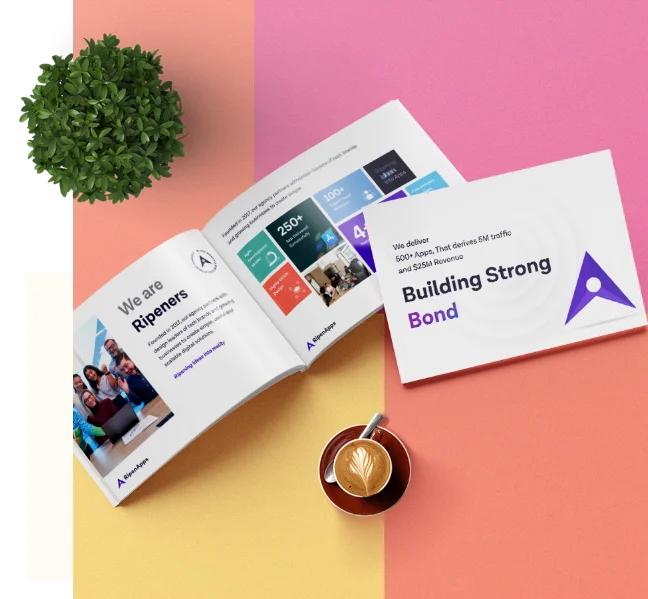
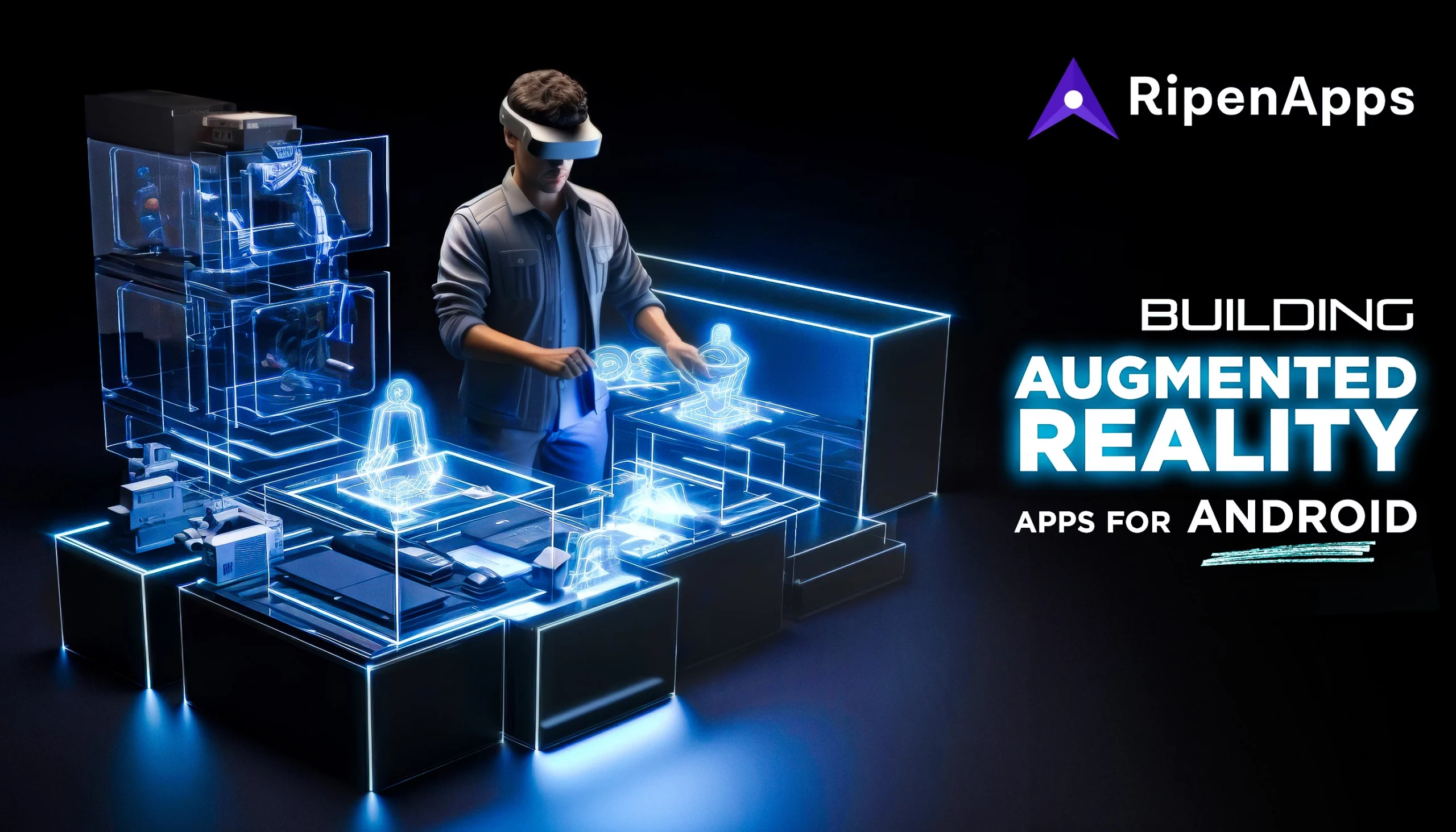



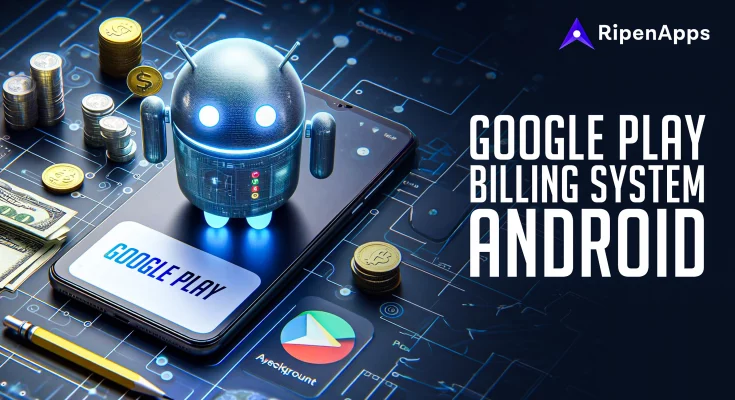
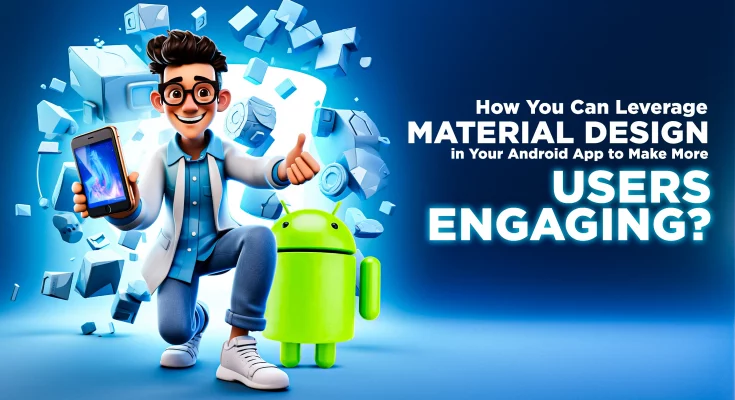
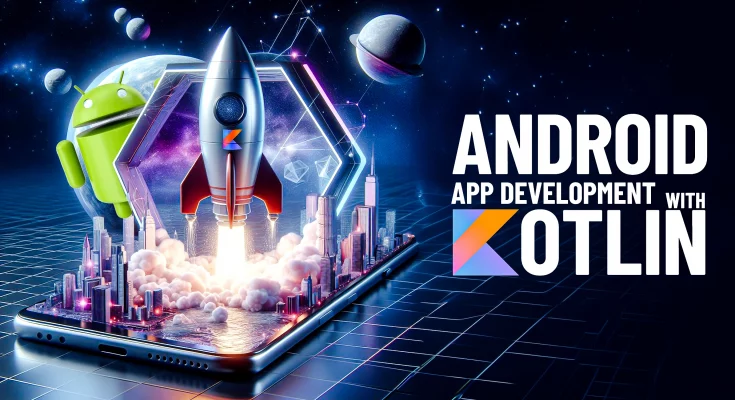

 India
India USA
USA Australia
Australia Canada
Canada UK
UK UAE
UAE